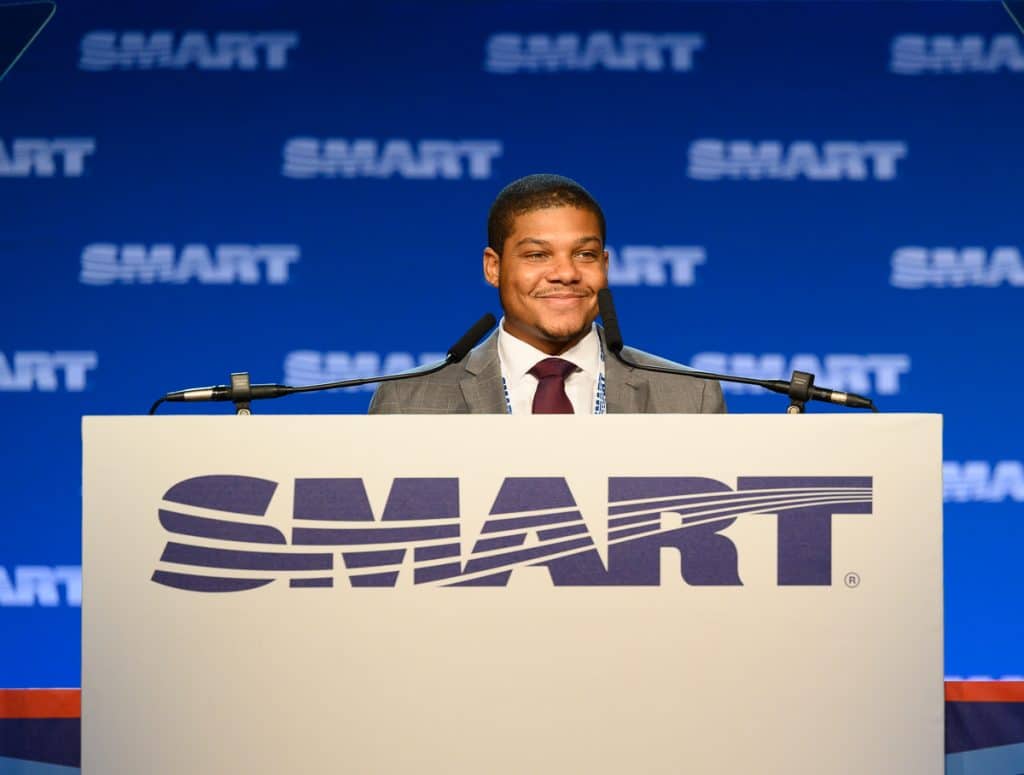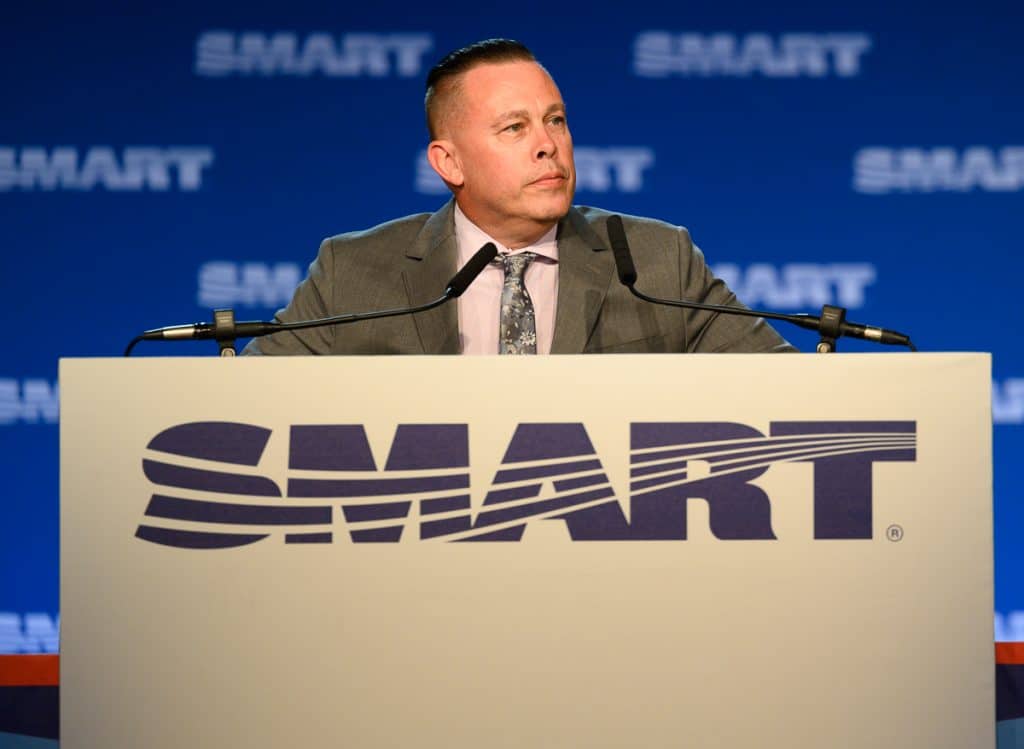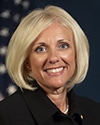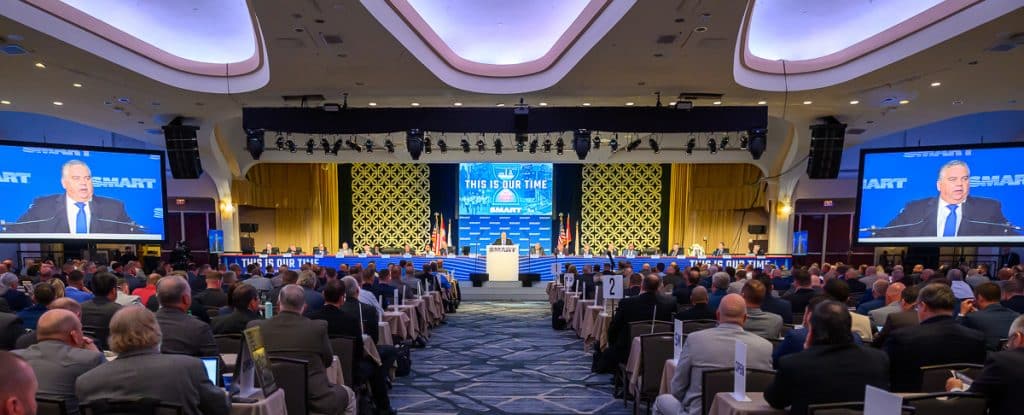
SMART leaders across sheet metal and the Transportation Division gathered in Washington, D.C., on July 31 to kick off the second annual SMART Leadership Conference. With a conference theme of “This is Our Time,” attendees convened to begin the hard work of making sure SMART seizes this moment of unprecedented opportunity across every craft and industry our union represents.
SMART General President Michael Coleman convened the conference by bringing SMART-TD Washington, D.C., Legislative Director Jarad Jackson and SM Local 100 President/Business Manager Richie Labille, who welcomed attendees to their home region. He also introduced the SMART General Executive Council (GEC).
A somber remembrance
To begin, SMART General President Michael Coleman called for a moment of silence to be observed for GEC member/International Representative and Transportation Division Vice President John D. “J.D.” Whitaker III, who sadly passed away from cancer July 27 — but whose legacy continues to be felt in our union, especially as SMART-TD affiliates negotiate and ratify groundbreaking tentative agreements.
Transportation Division President Jeremy Ferguson remembered time he spent with VP Whitaker fondly, including attending a winter hunting trip in the South with their children. But what defined Whitaker was his unflinching commitment to serving members, he said.
Ferguson recalled that even up to a week before his death Vice President Whitaker was working on union business. When President Ferguson urged him to rest, VP Whitaker told him that’s what kept him going.
“You fought the good fight, J.D.,” President Ferguson concluded his tribute. “Rest easy.”
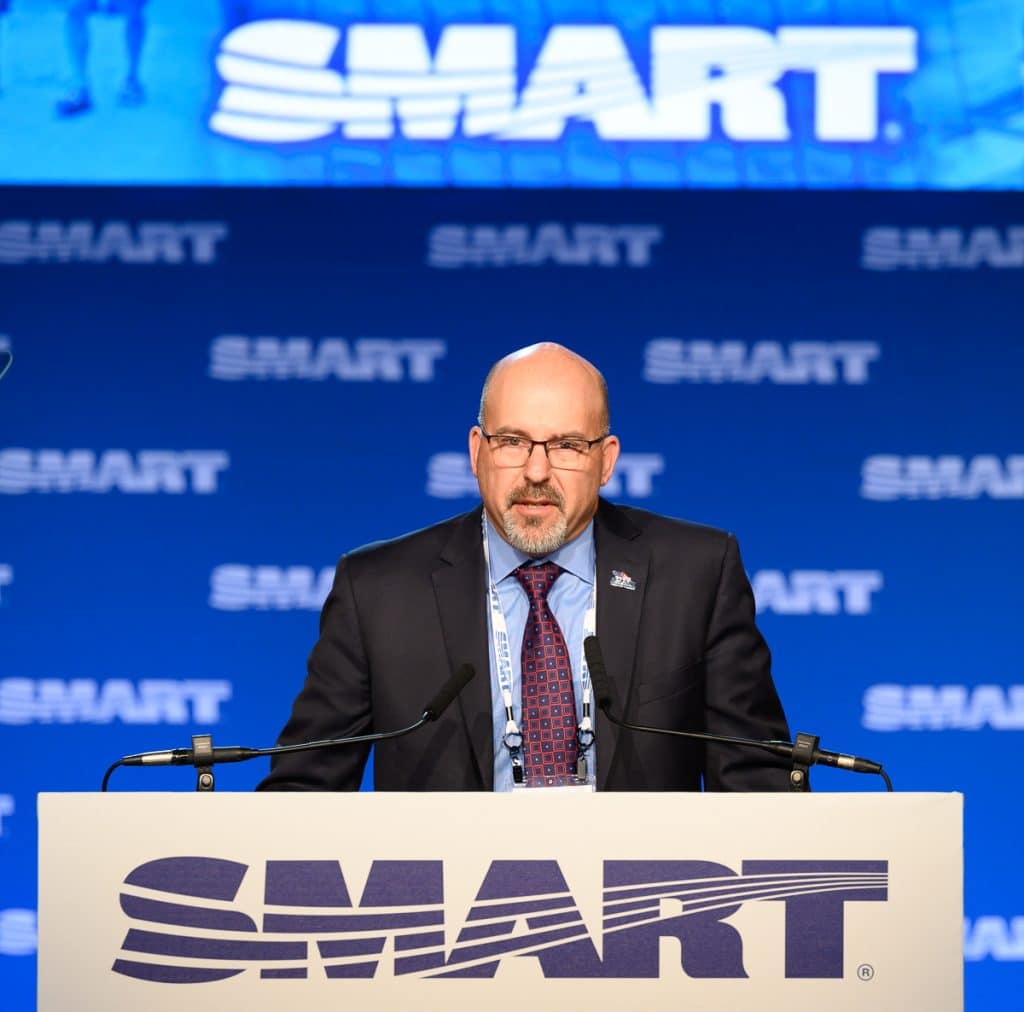
GP Coleman illustrates opportunity ahead
Coleman then kicked off the conference in earnest with his opening remarks, which made unmistakably clear that the conference theme – “This is Our Time” – is much more than just a catchphrase.
“This is our time,” he declared. “We still have plenty of work to do and battles to fight. But if we fight together, we will win.”
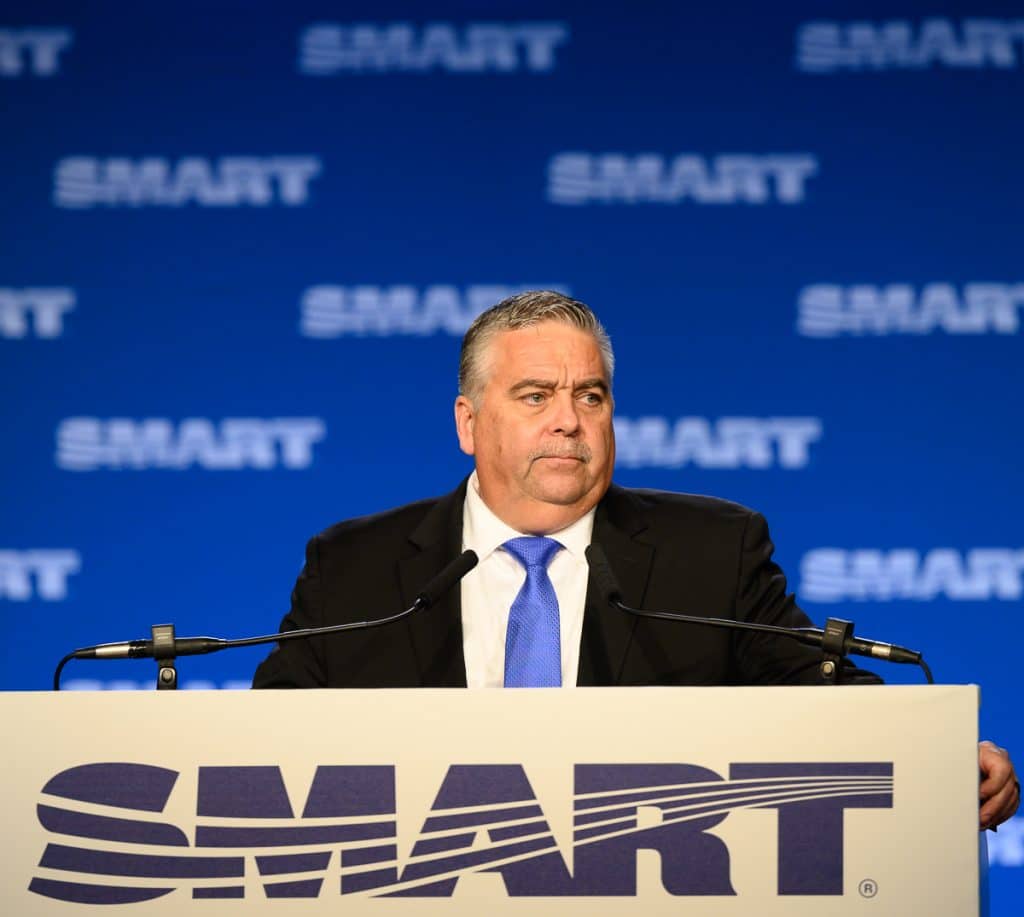
Coleman paid tribute to the tireless efforts of recently retired General President Joseph Sellers, whose leadership helped position SMART to seize upon unprecedented opportunity. He also recognized the hard-fought battles union members fought in recent years, from working through the COVID pandemic to defeating the previous presidential administration’s anti-labor IRAPs scheme. For the most part, though, Coleman’s remarks were – appropriately – focused on the future.
“We are in a defining moment in the history of this union,” he said. “There are incredible opportunities on the horizon.”
From megaprojects to the bipartisan Railway Safety Act, from media focus on bus and transit operator assaults to bottom-up organizing campaigns in Alaska, from pro-labor elected officials in office to SMART’s efforts to recruit and retain members from across races, genders, ethnicities and sexual orientation, Coleman repeated again and again: This is our time.
The combination of megaprojects and continued focus on core sheet metal work – helped by the Biden administration’s pro-labor policy outlook and partnership with SMART on indoor air quality – is creating unheard-of workforce demands and spectacular growth in our membership. That problem is a good one to have, Coleman explained, but only if SMART steps up to organize nonunion workers and recruit from every community.
“We have proven we can change lives,” he reminded attendees. “I’ve seen it firsthand. So let’s get out there. Let’s bring workers in, all of them, regardless of race, gender, or creed.”
For Transportation Division workers, in a period of resurgence after massive industry cuts made because of Precision Scheduled Railroading, new public and media attention on safety issues has presented a rare chance to secure real safety across industries and crafts. Following the disaster in East Palestine, Ohio, Coleman noted, Kansas, Ohio and Minnesota have all passed two-person crew laws, with other states considering rail safety legislation and the Railway Safety Act continuing to progress in the Senate. Additionally, the dangers facing bus and transit operators are affecting workers and riders alike, leading to increased attention across the board.
“For the sake of our communities and for the sake of our brothers and sisters,” Coleman declared, “we need to get [transportation safety] over the line.”
General Secretary-Treasurer’s update
Like General President Coleman, General Secretary-Treasurer Joseph Powell opened his remarks by reflecting on the accomplishments of retired General President Sellers, calling him “the measure that all future SMART General Presidents will be compared to.” He then expounded upon several of the topics Coleman addressed, describing the state of our union construction industry and SMART’s need to grow at a rate that outpaces the industry; describing the progress of the SMART strategic plan; and elaborating on the achievements of SMART Canada.
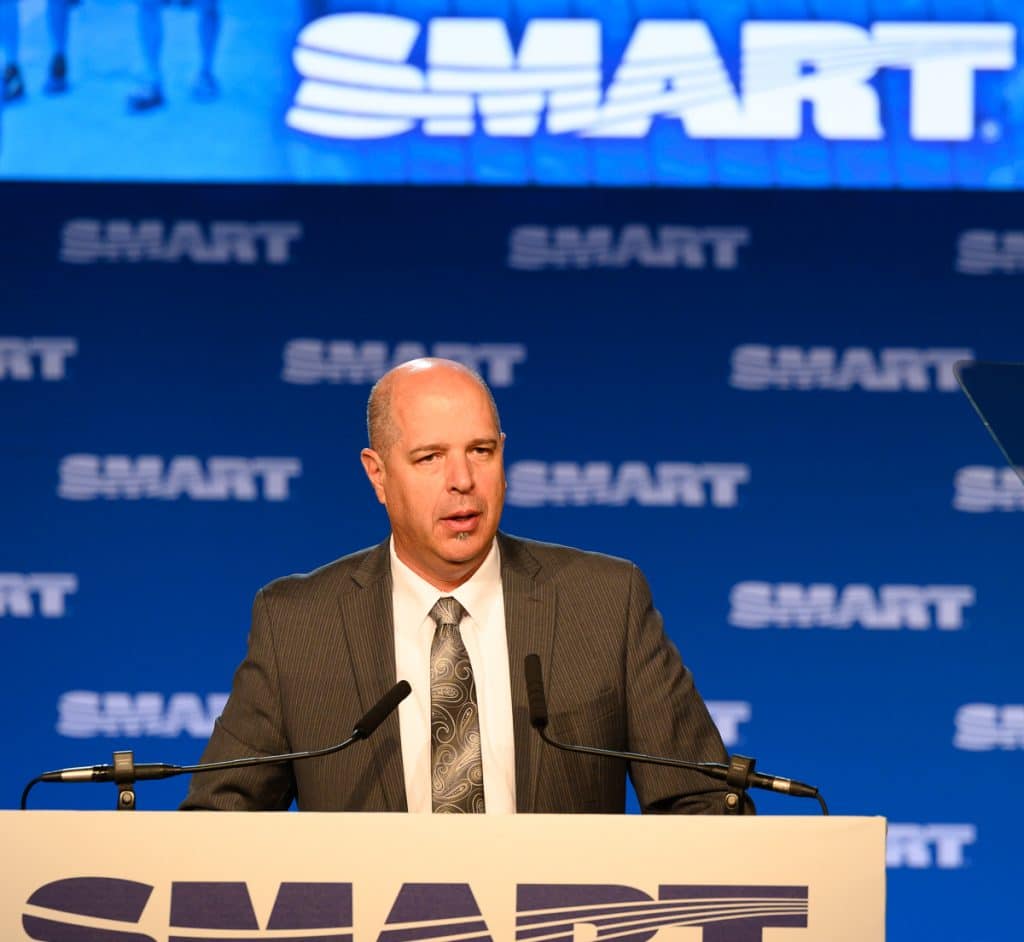
“To continue to increase both our membership and our collective bargaining power, we need to not only meet but exceed the growth rate of the entire industry,” he said.
The Transportation Division, Powell said, grew by 4,581 members – even after having endured contentious contract negotiations, rail safety disasters, assaults on transit operators and more. “That represents a significant 9.38 percent increase over the previous year,” he added; a tremendous organizing win for the union.
Powell also described ongoing growth north of the U.S. border, where megaprojects and collaborations with pro-labor federal and provincial governments have spurred huge opportunities. The definition of prevailing wage in the 2023 federal budget is one of the strongest in Canadian history, and megaprojects are breaking ground from Alberta to Ontario.
“Growth is on the menu and recruitment stands as the utmost priority when it comes to securing our place in the future of Canada’s infrastructure.
“It is clear that we are on the cusp of great opportunities,” Powell said.
Powell ended his speech by echoing General President Coleman’s call to action: “Our solidarity, our unity, and the hard work we have put in to get to this point are the bedrock that ensures we grow stronger than ever before. Together we will make the most of this moment.”
Transportation Division progress
TD President Ferguson returned to the podium to review how the SMART Transportation Division has advanced the interests of workers both recently and in the year since the first SMART Leadership Conference in San Francisco.
He reflected upon a recent contract victory that the late VP Whitaker and General Chairperson Gerald Wallace of GCA-261, who passed away July 16, achieved.
“Gerry Wallace was a good friend of mine. When his committee was in dire straits, he turned it around,” President Ferguson said. “It was only fitting that Vice President Whitaker would be assigned to GC Wallace. Sure enough, they had a solid bond.
“The best tribute to both of these officers that we got the new contract ratified with 95% in favor of.”
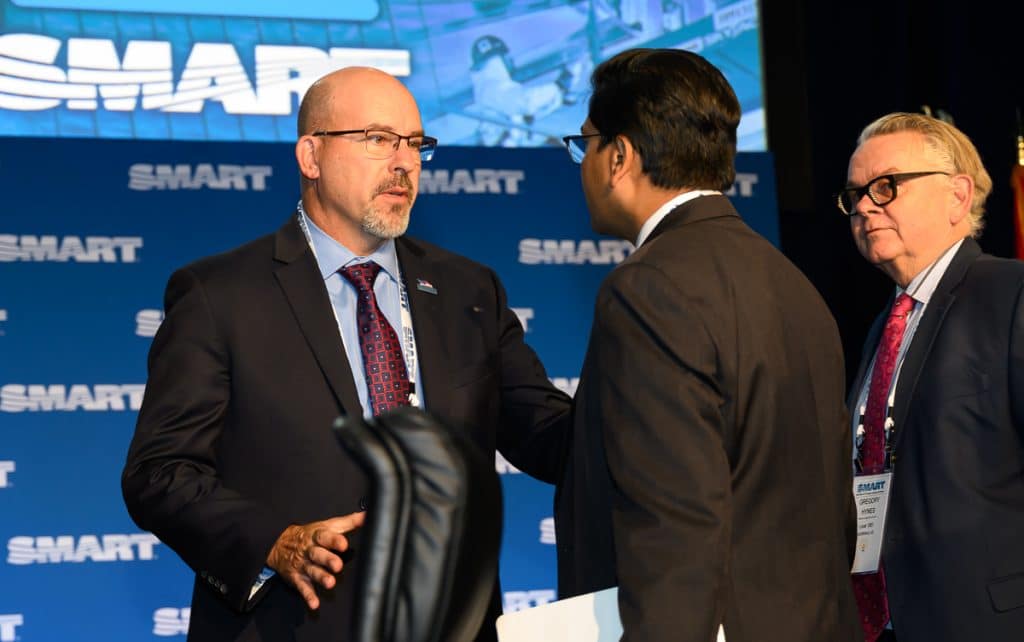
Another recent victory was achieved in Alaska with the White Pass & Yukon Route, a tourist railroad, where General Chairperson Jason Guiler and Vice President Brent Leonard brought what had been an almost six-year negotiation to a satisfactory conclusion for members.
“They backed off on everything they wanted and we got the job done,” Ferguson stated.
However, the troubling trend of assaults upon bus and transit workers has continued in major urban areas.
“That’s one fight we can’t back down on,” President Ferguson said. “We cannot stop on those issues.” We should not have to put up with that in our country. In most states it’s a misdemeanor. That needs to change.”
The national contract fight freight members went through brought unprecedented national attention to what rail workers experience regarding attendance and working conditions.
“The media picked up on our issues — it was not about the pay, it was about the quality of life. Carriers said they were never going to negotiate on attendance policies,” Ferguson said. “Guess what? They did.”
In addition to an all-time high pay raise, workers did make advancements on those quality-of-life issues, such as paid sick leave, in negotiations that are completed at some properties but ongoing at others.
“We are about 65% complete negotiating attendance and paid sick time,” Ferguson reported. The chief holdouts are properties on BNSF, some of the smaller Canadian-run branches and smaller carriers.
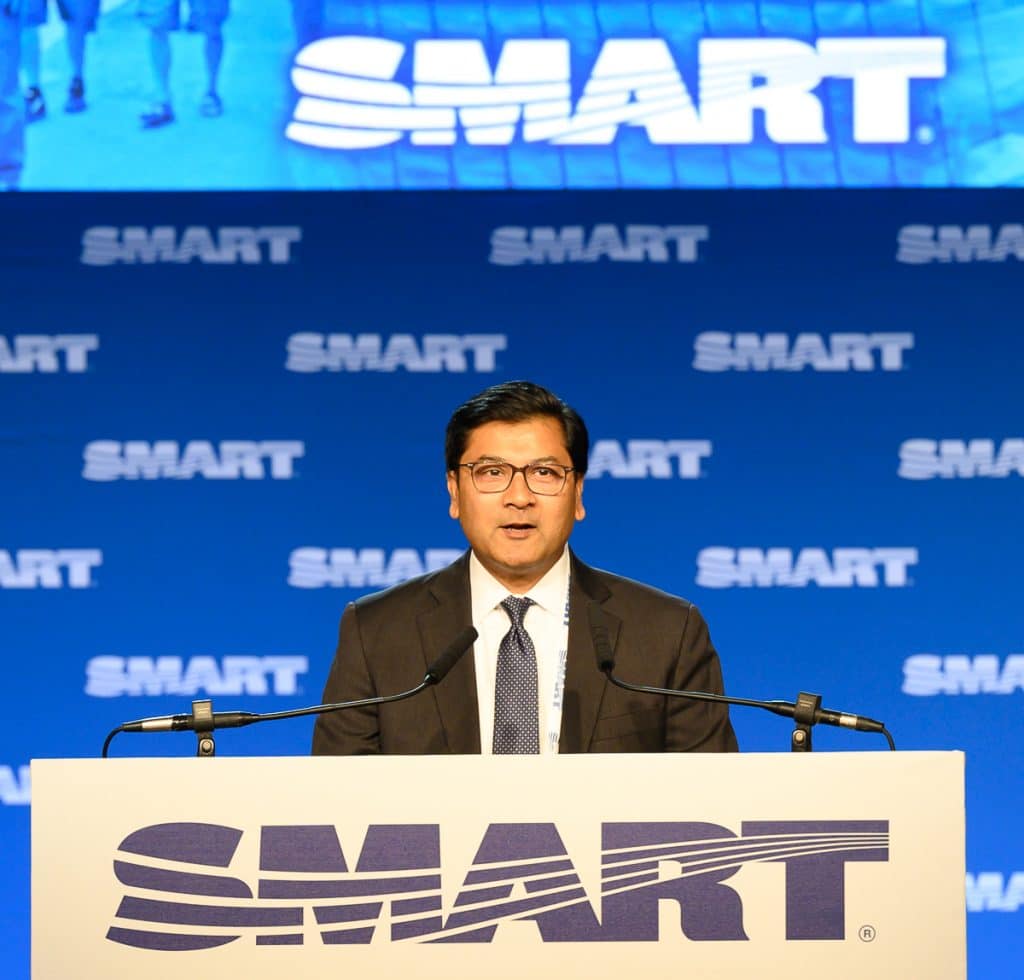
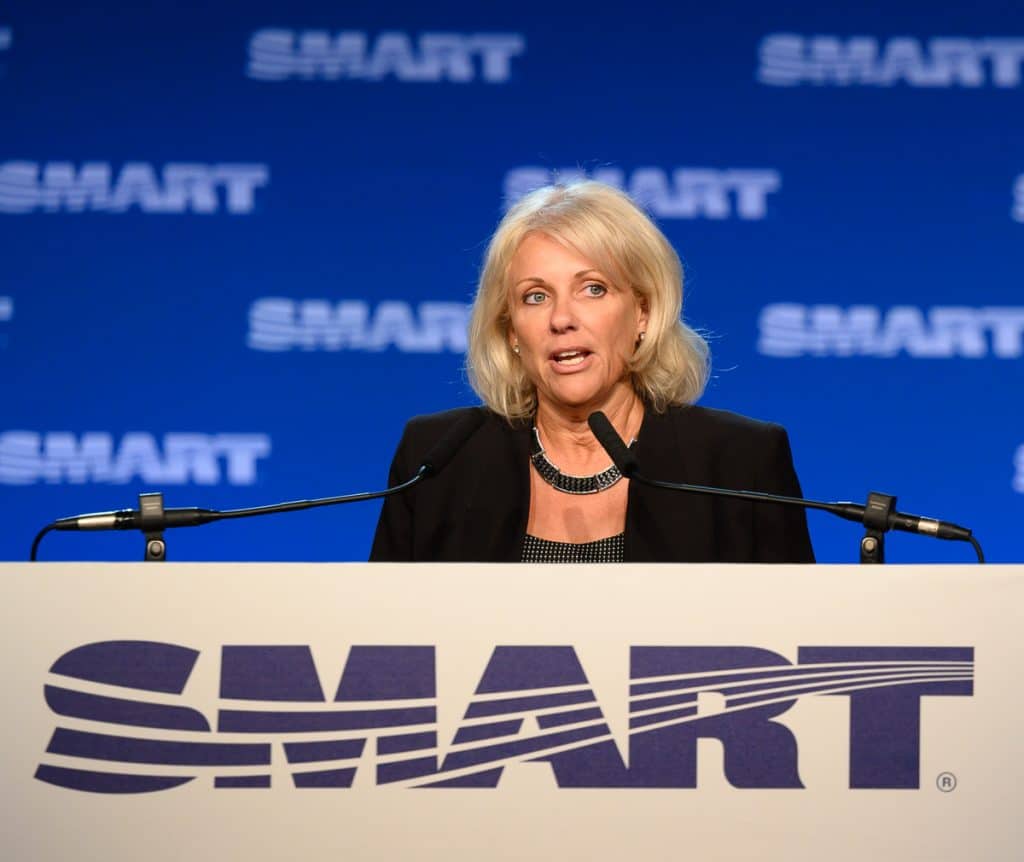
The opening session closed with appearances by Federal Railroad Administration Administrator Amit Bose, who also presented at the first leadership conference in 2022 in San Francisco, and National Transportation Safety Board (NTSB) Chair Jennifer Homendy.
“Thank you for what you do every day,” Bose said. “The sheer breadth of workers represented in this room … is evidence that it takes many workers with many skillsets that make our nation run.
“This is a watershed moment with the nation’s attention turned on rail safety.”
Jennifer Homendy, the National Transportation Safety Board chair whose agency is tasked with determining the causes of transportation accidents, praised the diversity and our union’s commitment to safety.
“You have my commitment to fight beside you because it is our time to fight for safety,” she said.
With that, General President Coleman concluded the joint session, with sheet metal and Transportation Division attendees heading to their respective industry-specific session. Read more about the sheet metal session here.
